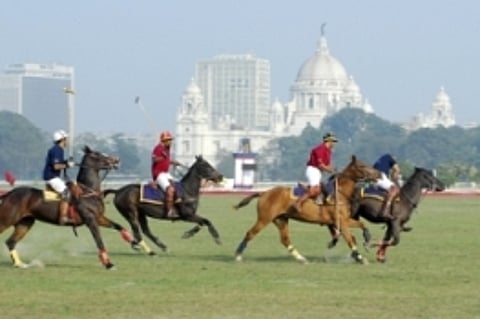From royal past to a corporate present
As the warm weather reaches across Pakistan's Northwest Frontier Province, the 3700-metre-high Shandur Valley stirs from its winter slumber, to play host to a veritable anachronism. As the valley greens, tribesmen from near and far gather at the highest polo ground in the world, to be part of a colourful festival of music, dance and ancient sport. The main attraction of the festivities is the polo tournament, played under the light of a full moon between the traditionally rival teams of Chitral and Gilgit. The players observe rules set out almost 800 years ago by Ali Sher Khan, a descendant of Genghis Khan. The excitement generated by the skill, power and speed of this ancient game – one of the fastest in the world – is dramatically heightened by the energy of the gathered crowd.
Polo is one of the oldest team sports still being played. While the game's true origin remains a subject of speculation, many scholars believe that polo emerged from the harsh encampments of nomadic warriors in Central Asia, who are known to have domesticated wild horses more than 2500 years ago. The name itself is said to have come from the Tibetan word pulu, meaning ball. By the fifth century BC, as an elite cavalry under the Persian King Darius I marched across the steppe, the game was taken up as a training technique for mounted soldiers.

